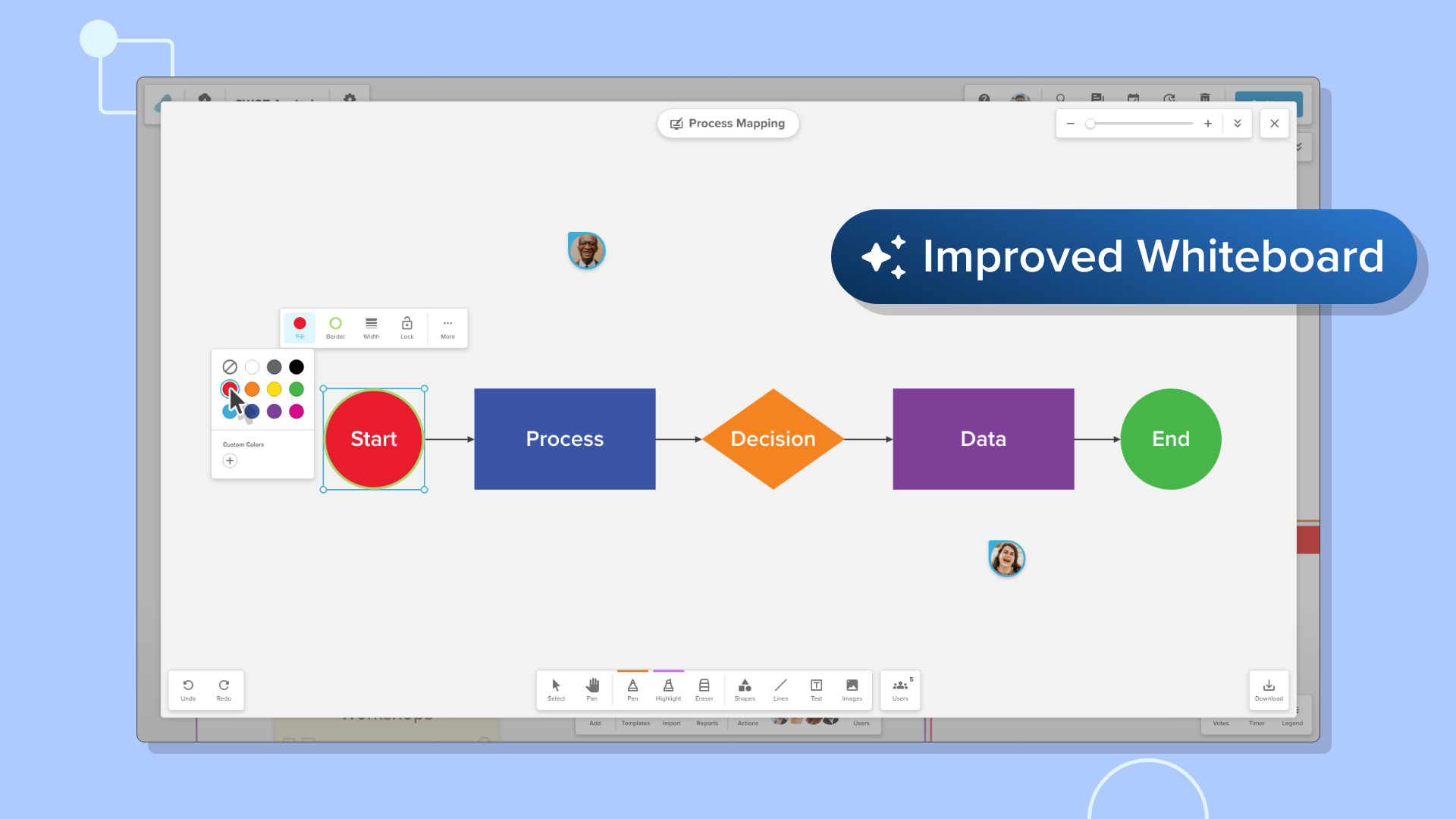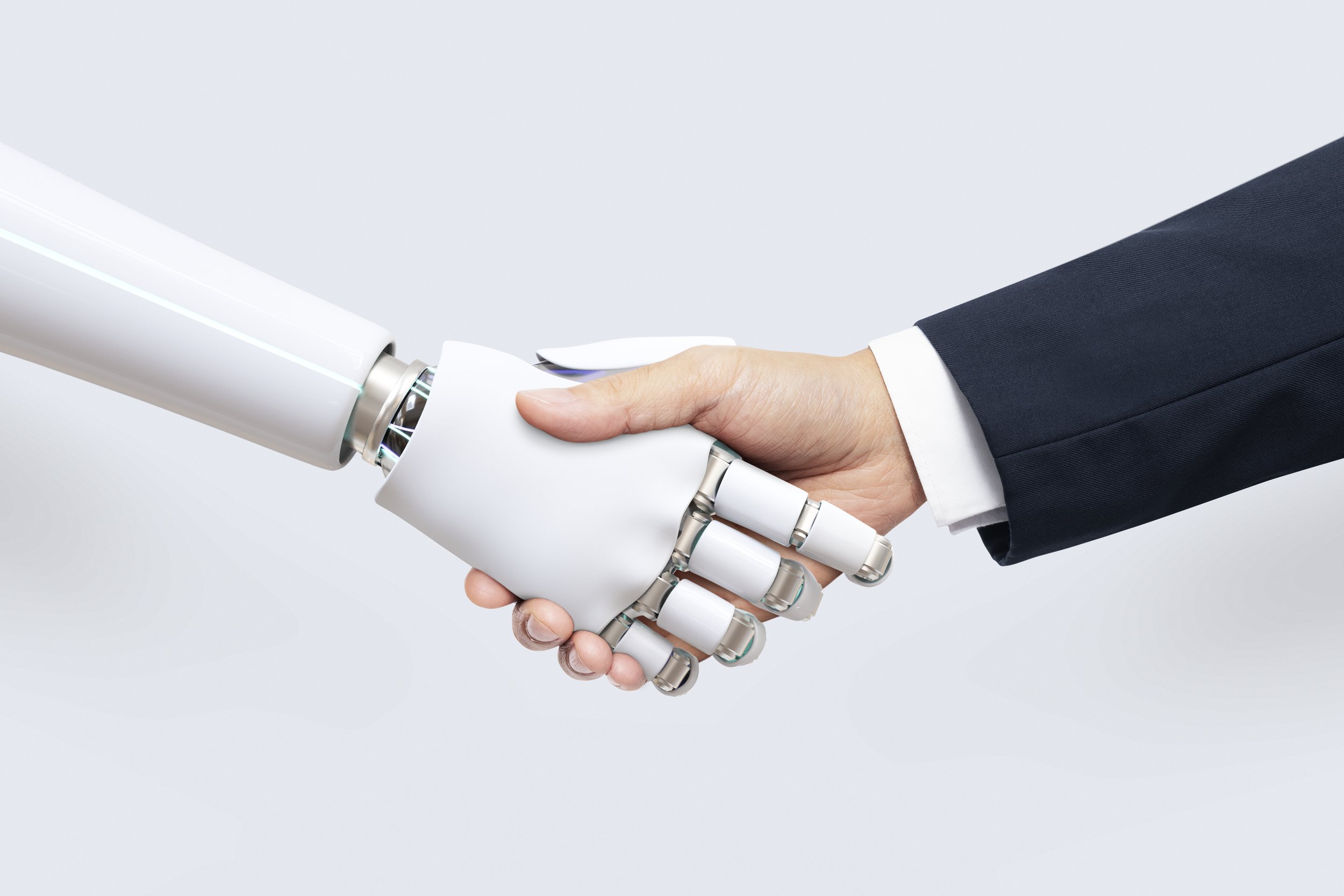Disruptive Innovation: How is it Shaping the Business Landscape?
Photo by Pavel Danilyuk
Innovation is a vital component of fostering growth and keeping your business on top. However, it can be a challenge to sustain with risk-averse leaders, talent shortages, and an inability to discern the potential impact of a change.
That’s why most businesses fail to innovate. They either pursue incremental improvements or bet on radical new ideas that turn out to be bad investments. But there is a third way: disruptive innovation.
Disruptive innovation is defined as a process in which a smaller company encroaches on a large business’ market share with new ideas or “good enough” products. It’s an approach that has the potential to create entirely new markets with different rules.
Let’s take a look at the ins and outs of disruptive innovation and see how it has and continues to shape the way we do business.
Types of Innovation
When a company looks to innovate there are essentially two directions they can go, up-market and down-market. A healthy and thriving company will be able to seize the market in both directions by implementing sustaining innovation and disruptive innovation.
Sustaining Innovation
When you imagine innovation, you are likely picturing sustaining innovation. This is the more traditional model where businesses attempt to improve upon their preexisting products or services to better serve their target market and keep up with the competition.
This innovation is usually incremental, meaning that it does not radically change the product or service, but rather builds upon what already exists. Sustaining Innovation will result in higher-end products that continue to move upmarket. You are finding solutions with higher profit margins that your upscale customers are willing to pay for.
Disruptive Innovation
While sustaining innovation helps companies to maintain their relevancy, disruptive innovation is even more important for a company’s long-term success. It meets the needs of a new customer base that was previously unserved or underserved by incumbent businesses.
This type of innovation is usually low-end or middle-market, as it is focused on making a product or service more affordable and accessible to a wider range of people.
These consumers aren’t interested in all the bells and whistles created by sustaining innovation, they are perfectly happy with a good enough product that can be attained for less money.
While sustaining innovation allows companies to maintain their current position in the market, disruptive innovation is what allows companies to grow and expand their reach. Businesses need to be able to recognize opportunities so they can stay ahead of the curve and tap into new markets.
Disruptive Innovation can take many forms, but it will likely fall into one of two categories: low-end disruption and new-market disruption. Having both of these in your arsenal is a surefire way to keep your business growing in the direction you want.
What is Low-End Disruption?
Low-end disruption happens when a company offers a lower-cost product or service than the incumbents in the market. This type of disruption can be hazardous to established companies because it's hard to compete on price without compromising quality.
A great example of this is Netflix (when it began at least), which disrupted the established players like Blockbuster by offering a cheaper, monthly subscription service that didn't require customers to leave their homes to rent movies.
Now that Netflix has grown into one of the largest businesses, we can see a similar process happening with cheaper streaming options coming onto the scene.
What is New-Market Disruption?
New-market disruption happens when a company creates a new market for its product or service. This is often done by appealing to customers who have never used the incumbents' products or services before. A great example of this is Tesla, which created the market for luxury electric vehicles.
Responding to Disruptive Innovation
An established business can quickly find its hands full if it doesn’t keep an eye on disruptive innovators. There are a few ways that you can respond to disruptive innovation.
Ignore it. This is usually not a good idea because it can be hard to tell if a new entrant is truly disruptive or not. If you wait too long, you may find yourself in a position where it's too late to respond.
Embrace it. This usually involves acquiring a new company or investing in one. This can be a good way to stay ahead of the curve, but it can also be expensive. Mega corporations like Meta have utilized this strategy to stay on the cutting edge of what’s popular.
Fight it. Trying to compete with the new company can be difficult, as you are usually starting from a standstill, but it can be achieved. Instagram Stories, for instance, was a successful attempt to capitalize on the market created by Snapchat.
The final strategy – and perhaps the most effective one – is to focus on constantly disrupting your industry. Be proactive and don’t wait for someone else to do it. This way, you can stay ahead of the curve and avoid being disrupted.
Examples of Disruptive Innovations
Many of the products, tools, and software we use daily started as disruptive innovations. It’s always good to see how our world has been shaped by small companies carving out a big place for themselves so that we can work to do the same.
Ride Shares
"Getting an Uber" has become so common that your mechanic may even call one to drop you off while fixing your car. In just a few years, ride-shares have become one of the most popular forms of transportation, especially in urban areas.
And it's not just because they're convenient – they're also affordable and often faster than taking a cab or public transit. Ride shares are a perfect example of how disruptive innovation can quickly change an industry. In just a few short years, Uber and Lyft have upended the taxi industry, which has been around for centuries.
3D Printing
3D printers are another example of a disruptive innovation that is quickly changing the landscape of manufacturing. 3D printing technology has been around for a while, but it is only now becoming affordable for small businesses and individual consumers. This new accessibility allows people to create products that were once only possible with expensive industrial machinery.
3D printers are also disrupting the traditional supply chain by making it possible for businesses to produce goods on demand without having to maintain inventory levels. This is especially helpful for businesses that sell customized products or need to make small batches of goods.
Virtual Reality
The introduction of Virtual Reality has changed the landscape of several industries. While it's most commonly associated with gaming, virtual reality is also being used in training simulations, education, and even therapy. Virtual reality has the potential to change how we interact with the world around us.
For example, instead of taking a long car trip to visit relatives, you could put on a VR headset and be transported to their house instantly. Or, if you're trying to learn a new skill, you could use VR to practice in a realistic environment.
Working Within the Disruption
Now you know the basics of Disruptive innovation, but there’s a lot more to discover if you want to utilize it for your business growth. If you want to find out more about its impact on product road mapping, sales forecasting, and more, then be sure to check out our other articles on the topic and continue to check in to Stormboard.com/blog for the latest.
Disruptive innovation is as inevitable and important as rain. As you learn about it, you’ll be able to start utilizing it and sustaining innovation to help your business grow and bloom far into the future.
Stormboard was built to disrupt traditional in-office meetings and old-fashioned whiteboards by providing organizations with a virtual tool that promotes better, faster, more efficient outcomes.
Whether you are looking for a tool to help your organization brainstorm ideas to become more disruptive, or just looking for a way to stay on the cutting edge of modern business technology, our experts can help craft the perfect solution for you.
About the author:
A programmer by trade, Nick Saraev is a freelance writer and entrepreneur with a penchant for helping people excel in their careers. He's been featured on Popular Mechanics & Apple News, and has founded several successful companies in e-commerce, marketing, and artificial intelligence. When he's not working on his latest project, you can find him hiking or painting.










